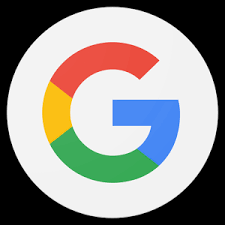What is hummingbird
 For many years Google’s search engine algorithm didn’t have a name. In a 2013 search engine update, Google officially gave it the Hummingbird, and was since referred to as their search engine platform.
For many years Google’s search engine algorithm didn’t have a name. In a 2013 search engine update, Google officially gave it the Hummingbird, and was since referred to as their search engine platform.
Humming bird is made up of many parts. Previously certain components of it were considered to be updates, when in actuality that are all complementing parts of the same system. The Panda, Penguin and Payday components are their to fight web spam. Another component called Pigeon was created to improve results for local search. Other notable components are Pirate, to fight pirated content online, Top Heavy to combat pages heavy in ads and Mobile Friendly.
One of the main reasons for the search platform upgrade to Hummingbird was meaning. Now Google’s search engine uses meaning behind words when it processes search queries. It pays special attention to each word in a query, and looks for the meaning from the entire phrase or sentence. The intention here is to find pages that satisfy the meaning of the search query and not just the ones that match the words.
There are also ranking signals that determine how pages are ranked. There are hundreds of signals but very little is known about most of them. The most well known signals are links, content, https and RankBrain. Recent reports have indicated that RankBrain the machine learning system used, is the third most important signal. The most obvious candidates for the first and second places are links and on page content.
With the improvement in machine learning it is likely that we will see a new search engine platform in the next few years. Until then Hummingbird will be gradually improved, starting with the next upcoming Penguin update.


